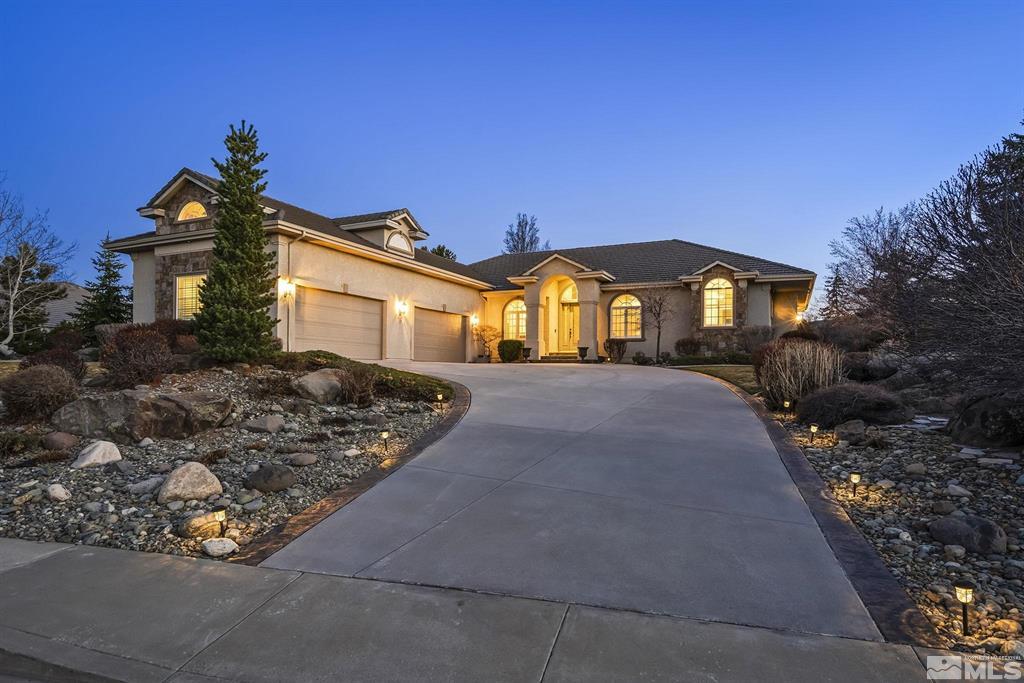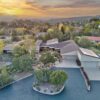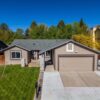Drought is always a concern in the Reno-Tahoe area, even during good snow years. So, how do you get to have a beautiful, lush, low-maintenance yard that doesn’t need watering when the temperatures get into the 90s with no rain in sight?
Take a cue from homeowners in even more arid climates than our high desert. They know how to survive heat waves. And they’re experts on drought-resistant plants. You’d be surprised how well some of those low-water plants work in less dry conditions. Here’s how to have a yard that requires less watering.
Plant Hardy, Drought-Tolerant Plants
Herbs, succulents and native flowers — the camels of the plant world — are synonymous with Southwest gardening but turn out to be pretty hardy in Northern Nevada as well. They can add color, flowers, and texture to lawns, while being super drought-friendly.
“Summers in our region tend to be hot and dry, while some plants thrive in these conditions, many struggle to survive without ample water and protection from the intense sun,” according to Moana Nursery. “By planting your garden earlier in the season, you give your plants a head start, allowing them to establish stronger root systems and better withstand the summer heat.”
Moana Nursery recommends Sempervivum (Hens & Chicks), and Sedums to tolerate the harsh summers, but also the frosty winters in our region.
“Sempervivum spreads easily and is a great ‘Water-wise’ or drought-tolerant ground cover for any garden,” according to Moana Nursery. “Sedums are a broad class that ranges from low-growing ground covers to upright, hedge-like covers. Sedums flower beautifully and are wonderful pollinator attractors.”
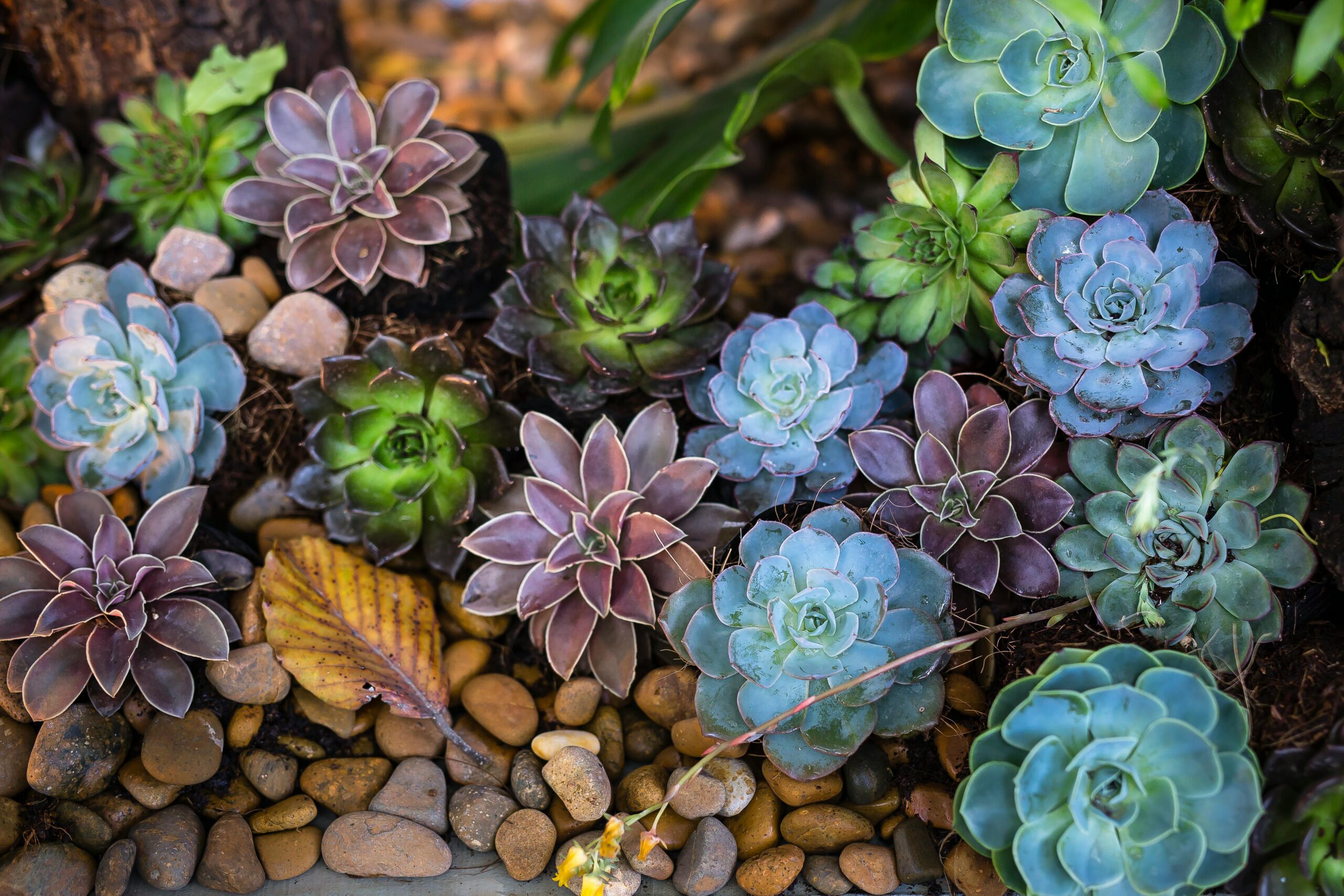
Seek Native Plants
In the West and Southwest, despite the lack of natural water, yards are still full of color and texture. “There’s a lot of beauty and movement,” says Neil Bales, president and CEO at LandPatterns in Dallas.
Each region has its own native or “adapted plants.” People waste water; plants do not; plants are adapted to protect the water they have.
Native plants thrive because they are acclimated to the natural state of the region.
“You can see these things growing in the wild on their own,” Bales says. “So, if you introduce them into your own landscape, they will be more durable.”
A note on newly planted plants: This is when you don’t want to skimp on watering. New plants need more water to help establish strong roots. Those roots will help them acclimate to less and less water as they mature.
Add Some Hardscaping
OK, running barefoot on the lawn is nice, but what about the romantic evening around the fire pit, eating with family and friends in the outdoor kitchen, or soaking up rays on a patio lounge chair?
More hardscapes — stone walls, gravel paths, paved patios — mean less area that needs to be watered.
And, according to the “Remodeling Impact Report: Outdoor Features” from the National Association of REALTORS®, new patios, new wood decks, and fire features are among the top-10 projects for appealing to home buyers and adding value for resale.
For a new patio, expect to pay around $10,500 and recoup 95% of your investment, according to the NAR report. A new wood deck would cost about $16,900, with an 89% return. And a fire feature — such as the dry stacked natural stone kit, gas burner, and a 10-foot diameter flagstone patio described in the survey — would run about $9,000 and generate a 56% ROI.
But make sure hardscape areas drain into the right places.
“Be careful you don’t create saturated areas where plants can’t grow,” says Troutman.
You may have to call in a professional to make sure hardscape and the adjacent landscape have proper drainage, either by the way the land is sloped or by installing drains in the ground, Bales says.
Many horticulturists recommend limiting and taking special care with hardscape. Water that runs off of hardscape carries oils and toxins into the water supply, so permeable materials are a good choice. They advise using lighter material colors that will reduce heat absorption and radiation. In addition, they caution about possible harm to tree roots, which are usually in the top foot of soil. When a homeowner adds a walkway or other hardscape feature and heavy equipment is used, the process can compact soil and cut roots, making the tree vulnerable to storm damage.
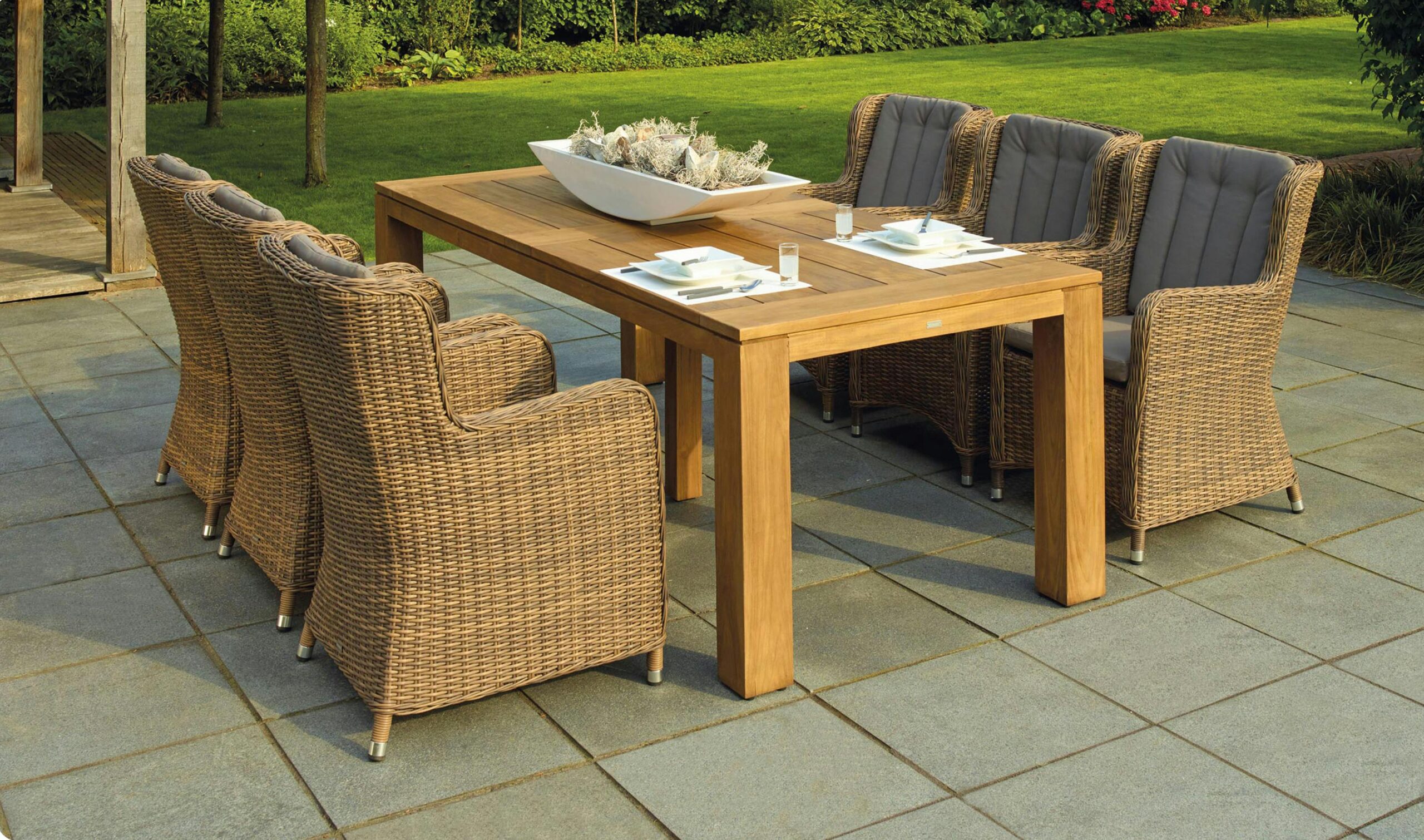
Try the Newest Generation of Fake Grass
Bales recommends researching turf products that “hold up well, look good over time, and have a good feel on your bare feet.” Then find a contractor who knows how to install synthetic turf properly.
“What’s underneath it matters,” he says. There needs to be a deep sub-base that’ll last like a concrete patio but allow natural water through.
Troutman cautions that synthetic turf and pavers that are in direct sunlight can get “really hot and reflect the heat onto your home. It can raise the cost of your air conditioning bill,” in addition to being too hot to walk on. He suggests mitigating the heat by creating shaded areas with trees or a pergola.
Replace Plants With (Surprise!) a Water Feature
While that may seem counterintuitive, it makes sense when you think about it. Especially when you consider the newest generation of water features: the pondless water feature.
It’s essentially a waterfall with “a below-ground reservoir covered by rock or stone. The water circulates so it isn’t evaporating,” says Bales.
If you want to avoid water, Bales also suggests getting a water feature look without the water by designing “a dry creek bed with stones that can provide an aesthetic look and be functional in spots where there might otherwise be plants, and the need to irrigate.”
Between the drought-tolerant plants and the hardscaping, you may hardly ever water again.

